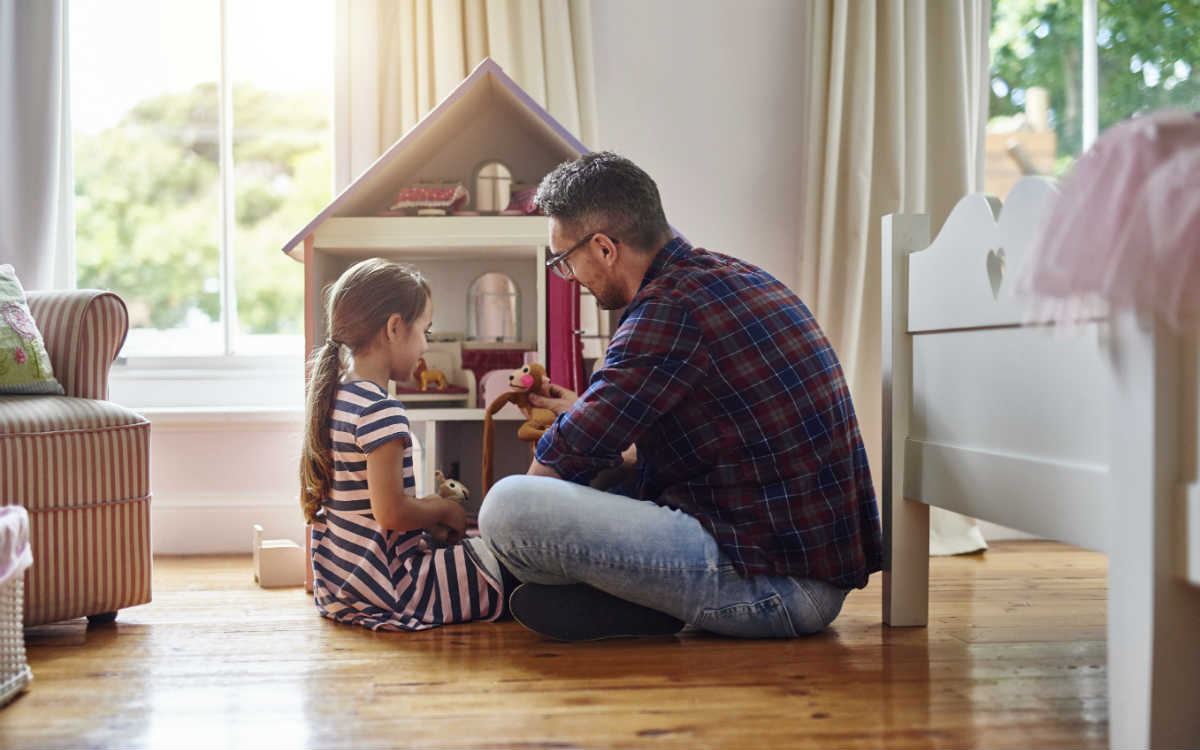Note: This post is part of our Home Sellers’ Journey series, where we walk you through every step of selling a home during peak season. For the first post on how to get started once you’ve decided to sell, please go to Six Steps to Take Now to Get Your Home Ready to Sell.
It may be well-known that a picture is worth a thousand words, but consider that a handful of keywords may be what gets folks into a car and into your home as potential buyers. Yes, buyers look at pictures before anything else, but to truly know what a home offers, buyers read the description of the home. Finding ways to describe your home – coming up with catchy headlines and intriguing details – is pretty challenging. Here are some tips to get you started.
- Focus on your customer. In advertising, you want to avoid dry descriptions of a product, in this case a home. Instead, you want to tell your buyer how the product will make his or her life better, easier, cooler, or generally more desirable. So when it comes to a house, start with what a buyer would want and work from there. What sells a home? Amenities, yes. But also short commute-times, a close-knit neighborhood, a good school, the space to have a vegetable garden, etc. Brainstorm what your property offers and get it on the list of what could be highlighted in the description. Include upgrades and special features of your home.
- See what your competitors are saying. Go ahead and do some online stalking; it’s okay. What kinds of things do home-sellers mention? If they brag about having a single parking spot in your downtown area, you might realize that your three-car driveway is pretty sweet even if the home doesn’t come with a garage.
- Describe your home in ways that are appealing to many different kinds of buyers. You never meant to say you wouldn’t sell to a downsizing elderly couple, but when you describe your home as “family friendly,” you may signal to buyers who don’t have large families that they’re not wanted. It’s best to say, “four bedrooms” and “plenty of backyard space.” In fact, avoid using any descriptors that define your ideal buyer. Rather, let buyers come as they are.
- Watch out for code words. “Charming,” “cozy,” “delightful”—these are the words your grandmother uses when she hands you a yellowed needle-point made by her sister’s friend’s late cousin. Use these words and your house will advertise as being small, cramped and, well, old. Also be aware that a “motivated seller” might read as “a person whose life is a wreck and probably doesn’t vacuum.” You don’t need written details about how you’re willing to sell. To communicate you’re ready to go, you need a price that’s comparable to similar homes and you need to accept reasonable offers.
- Be specific about brand names and materials. Vocabulary is everything in writing! The more specific and image-provoking the words, the more the potential buyer will feel intrigued. Granted, you have to know what people want: don’t talk about your plywood closet. But in general, you can’t go wrong with phrases like “natural-wood countertops,” “ventless fireplace,” or “ceramic tile flooring.” These advertise better than their more vocabulary-plain partners: “wood counters,” “fireplace,” or “tile floors.”
On that note, we will end this post with a list of keywords from Zillow, which found that home descriptions featuring them sold for higher than the expected values. Use them if you can—but don’t forget the number one rule: be truthful about what your home has to offer!
- Barn door: 13.4% (the percent of homes that sell for above expected values)
- Shaker cabinet: 9.6%
- Farmhouse sink: 7.9%
- Subway tile: 6.9%
- Quartz: 6%
- Craftsman: 5.4%
- Exposed brick: 4.9%
- Pendant light: 4.6%
- Frameless shower: 4.6%
- Heated floors: 4.3%
- Stainless steel: 4.2%
- Granite: 4.1%
- Backsplash: 4.1%
- Tankless water heater: 4%
- Outdoor kitchen: 3.7%
Check back here on the Homie Blog for the next installment of the Home-Sellers Journey. Coming soon: Insider Secrets to Pricing Your Home for Sale. To get started selling your home, contact Homie today. Homie has already saved users over $500,000 in agent commissions in just 6 months since launch, with each seller saving over $10,000 on average.

